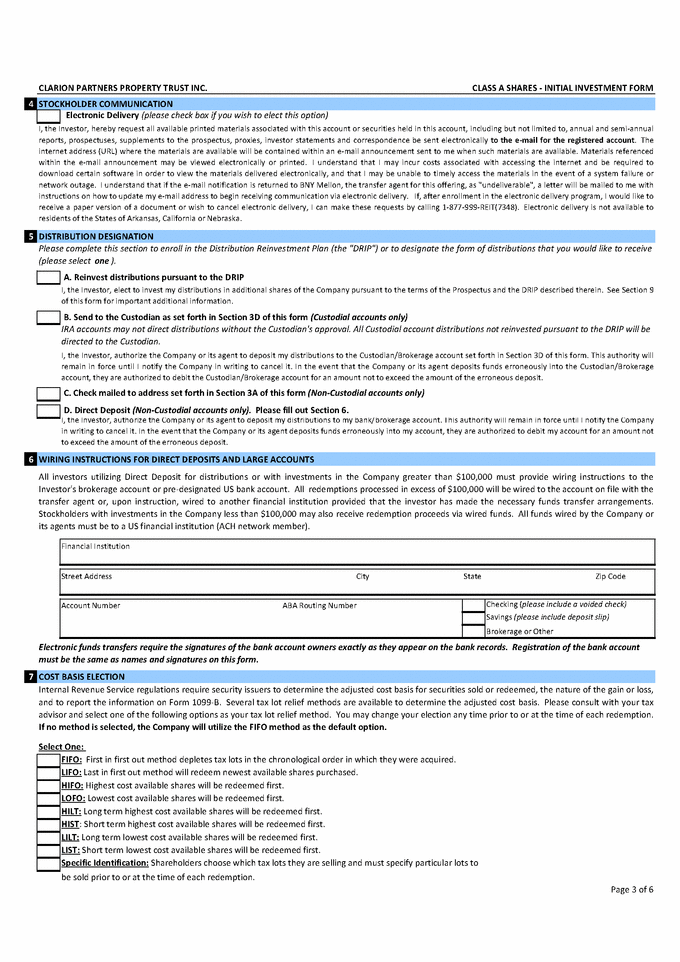CBOE Margin and Escrow Receipts
Post on: 18 Июль, 2015 No Comment

Strategy-based margin rules have been applied to option customers’ positions for more than three decades. (Please note that, as an alternative to the strategy-based margin rules, new portfolio margining rules also may be applied to certain customer accounts.)
A 2007 table providing comparisons of strategy-based and portfolio margin requirements for 38 different positions.
This manual (in PDF format) has been developed by CBOE to assist the margin personnel of member firms as well as to serve as a guide to all users of options. The requirements explained here are based on publication date rules and regulations, and therefore, subject to change. This manual should be used as a reference document and is not intended to be an all-encompassing restatement of Federal Reserve Board and Exchange margin rules. Persons using this manual should be familiar with margin computational methods and procedures as well as the margin requirements for all types of securities.
This online calculator contains a description of Exchange margin requirements for various positions in put options, call options, combination put-call positions and underlying positions offset by option positions. The equity and index option strategies available for selection in this calculator are among those most widely used by investors. Margin amounts computed by this calculator reflect exchange-minimum requirements of the Chicago Board Options Exchange. Margin amounts required by specific brokerage firms may be higher. Further, this calculator’s computations reflect only the Exchange’s initial margin requirements; ongoing maintenance margin requirements may be necessary, and are indicated where appropriate but not calculated.
Overview of Margin Requirements for Options
In the stock market, margin refers to buying stock or selling stock short on credit. A margin customer pays for half (50%) of the cost of buying stock (the margin) and the brokerage firm lends the customer the balance. Margin customers are required to keep securities on deposit with their brokerage firms as collateral for their borrowings. Buyers of options can now buy equity options and equity index options on margin, provided the option has more than nine (9) months until expiration. The initial(maintenance) margin requirement is 75% of the cost(market value) of a listed, long term equity or equity index put or call option. One who takes a long position in a non-marginable put option or call option is required to pay the premium amount in full.
In the options market, margin also means the cash or securities required to be deposited by an option writer with his brokerage firm as collateral for the writer’s obligation to buy or sell the underlying interest, or in the case of cash-settled options to pay the cash settlement amount, if assigned an exercise. Minimum margin requirements currently are imposed by the options markets and other self-regulatory organizations, and higher margin requirements may be imposed either generally or for certain positions by the various brokerage firms.
Uncovered writers may have to meet calls for substantial additional margin in the event of adverse market movements. Even if a writer has enough equity in his account to avoid a margin call, increased margin requirements on his option positions will make that equity unavailable for other purposes.
If a holder of a physical delivery call option exercises and wishes to purchase the underlying interest on credit, the holder may be required to deposit margin with the holder’s brokerage firm. Holders of physical delivery options on a foreign currency should be aware that, at the date of this booklet, foreign currency has no value for margin purposes except to the extent that credit has been extended on the same foreign currency.
Certain limited risk spreads, butterfly spreads and box spreads (collectively referred to as spreads) may now be established and carried in a cash account. Provided the spread is composed of European style, cash settled index options that all expire at the same time, it may be effected in the cash account. Butterfly spreads and box spreads must meet the definition contained in Exchange’s Rule 12.3(a). The requirement for debit (or long) spreads is to pay for the net debit in full. For credit (or short) spreads, cash or cash equivalents equal to the maximum risk (less the net credit received for selling the spread) must be deposited and held in the account.
Exchange rules also provide for lower maintenance margin requirements for the underlying instrument in certain strategies that employ a long American style option as a hedge.
Margin requirements for option writers are complex and are not the same for every type of underlying interest. Margin requirements are subject to change, and may vary from brokerage firm to brokerage firm. However, margin requirements can have an important effect on an option writer’s risks and opportunities. Persons considering writing options (whether alone or as part of multiple position strategies, such as spreads or straddles) should determine the applicable margin requirements from their brokerage firms and be sure that they have sufficient liquid assets to meet those requirements in the event of adverse market movements.
Margin Requirements for Certain Options Positions
This schedule contains a description of Exchange margin requirements for various positions in put options, call options, and underlying positions offset by call option positions. Positions may be margined separately to obtain the lowest requirement. The CBOE’s Margin Manual has detailed information on other options positions, including spreads and straddles/combinations.














